[…]
ManuFacturer: American Flyer
Check out a model railroad built for comfort and speed!
[…]
Servicing American Flyer’s big steamers
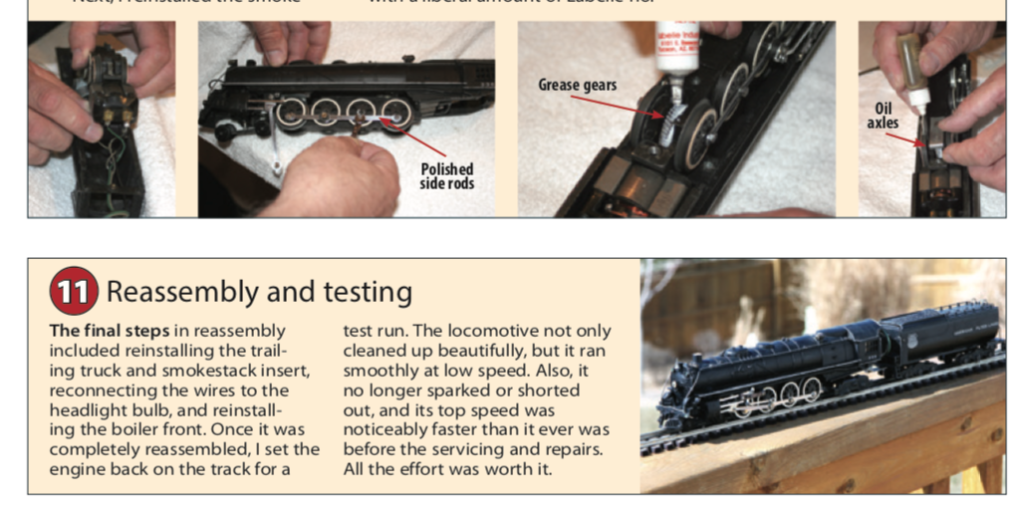
Servicing American Flyer’s big steamers […]
For this Flyer enthusiast, memories ride on two rails
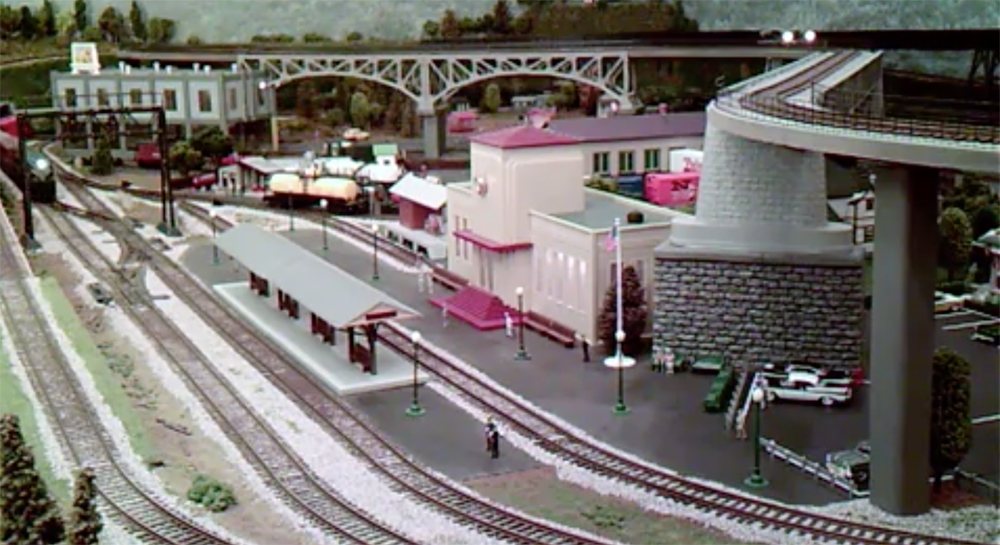
[…]
For this Flyer enthusiast, memories ride on two rails

[…]
Morning on the Torsion Rail Lines
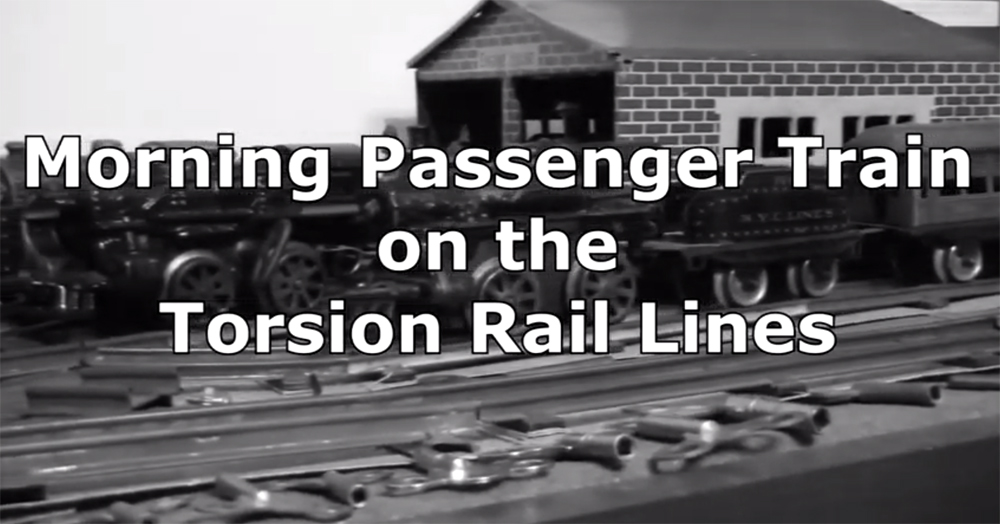
Name: James Pekarek Forum User Name: JamesP Railroad Name: Torsion Rail Lines Scale: O gauge Theme: Clockwork Train Layout Description: An American Flyer clockwork locomotive leaves the engine terminal to pick up a passenger car at the Girard station and make the morning trip around the Torsion Rail Lines. […]
Morning on the Torsion Rail Lines

Name: James Pekarek Forum User Name: JamesP Railroad Name: Torsion Rail Lines Scale: O gauge Theme: Clockwork Train Layout Description: An American Flyer clockwork locomotive leaves the engine terminal to pick up a passenger car at the Girard station and make the morning trip around the Torsion Rail Lines. […]
Chris and Mhel’s Christmas 2014 layout
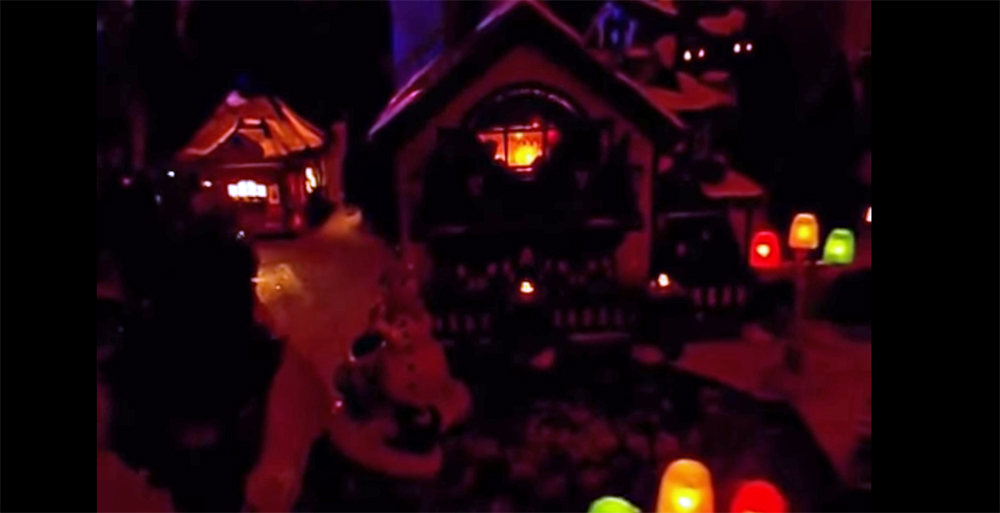
Name: Christopher Burger Forum User Name: Chris Burger Location: Mason Ohio Scale: S Theme: Christmas Village Description: This is our 2014 version of the Christmas Village Layout. 4-loops of S-Helper Fastrak which is now owned and made by MTH. Running an American Flyer Texas Special with Legacy, A 336 4-8-4 Northern with American Flyer Christmas […]
Chris and Mhel’s Christmas 2014 layout

Name: Christopher Burger Forum User Name: Chris Burger Location: Mason Ohio Scale: S Theme: Christmas Village Description: This is our 2014 version of the Christmas Village Layout. 4-loops of S-Helper Fastrak which is now owned and made by MTH. Running an American Flyer Texas Special with Legacy, A 336 4-8-4 Northern with American Flyer Christmas […]
S gauge SD70ACe diesel by American Flyer (Lionel)
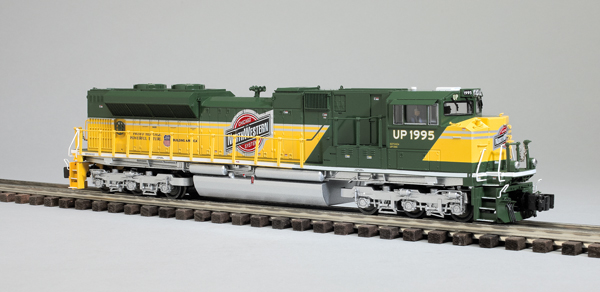
In the September 2013 issue, I offered a critique of Lionel’s well-executed American Flyer passenger cars done in the postwar style. Although the cars were nicely made, their design followed the limited detailing of an older day, and so might not be up to par with a scale-detailed model railroader. This time we’ll examine an […]
Video: S gauge SD70ACe diesel by American Flyer (Lionel)
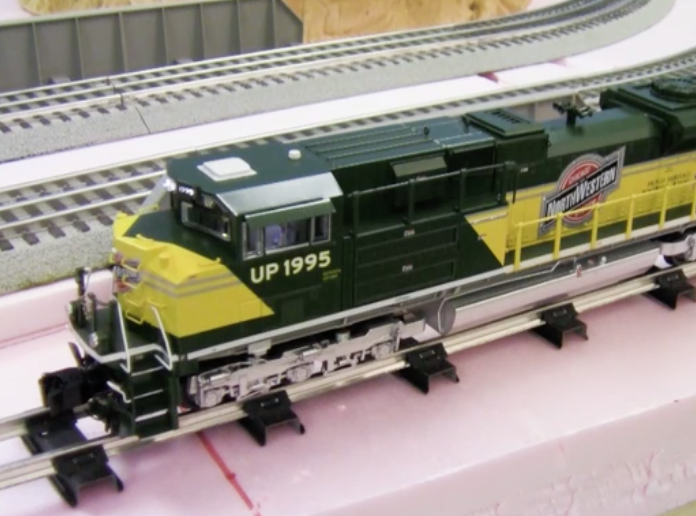
This powerful and intricately detailed diesel represents the new face of S gauge. Watch it in action! […]
Video: S gauge SD70ACe diesel by American Flyer (Lionel)

This powerful and intricately detailed diesel represents the new face of S gauge. Watch it in action! […]
